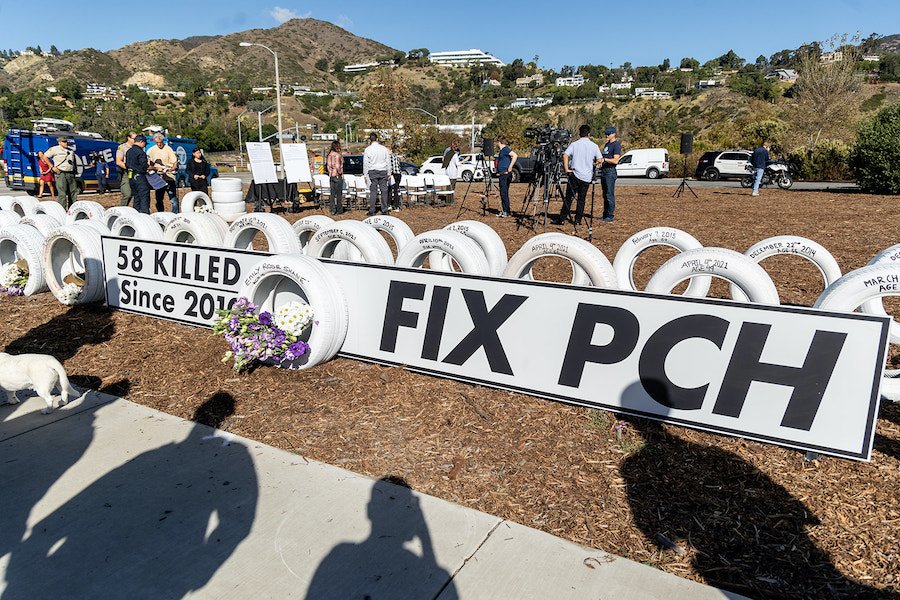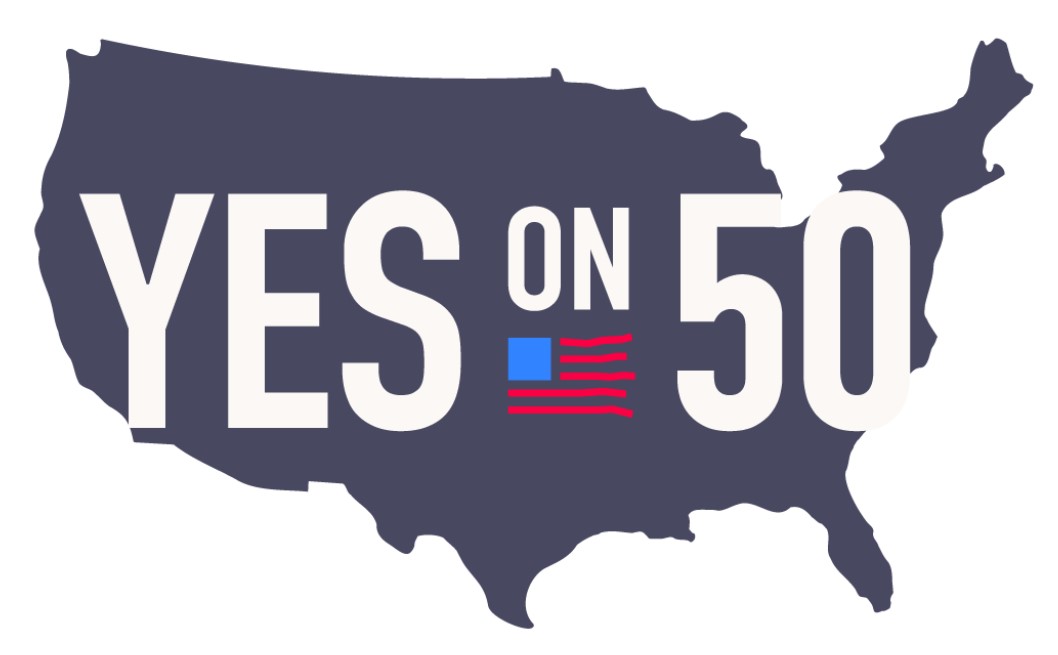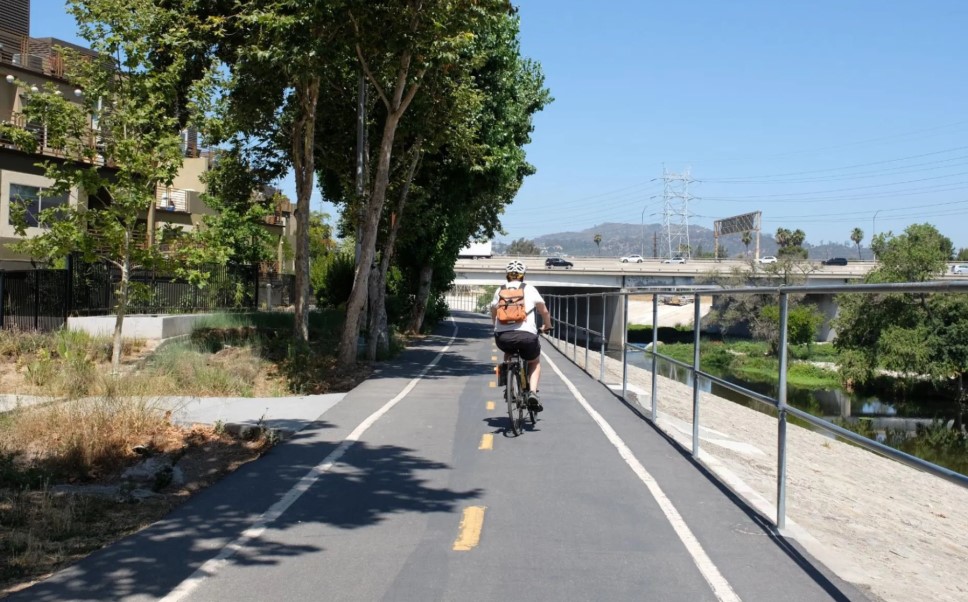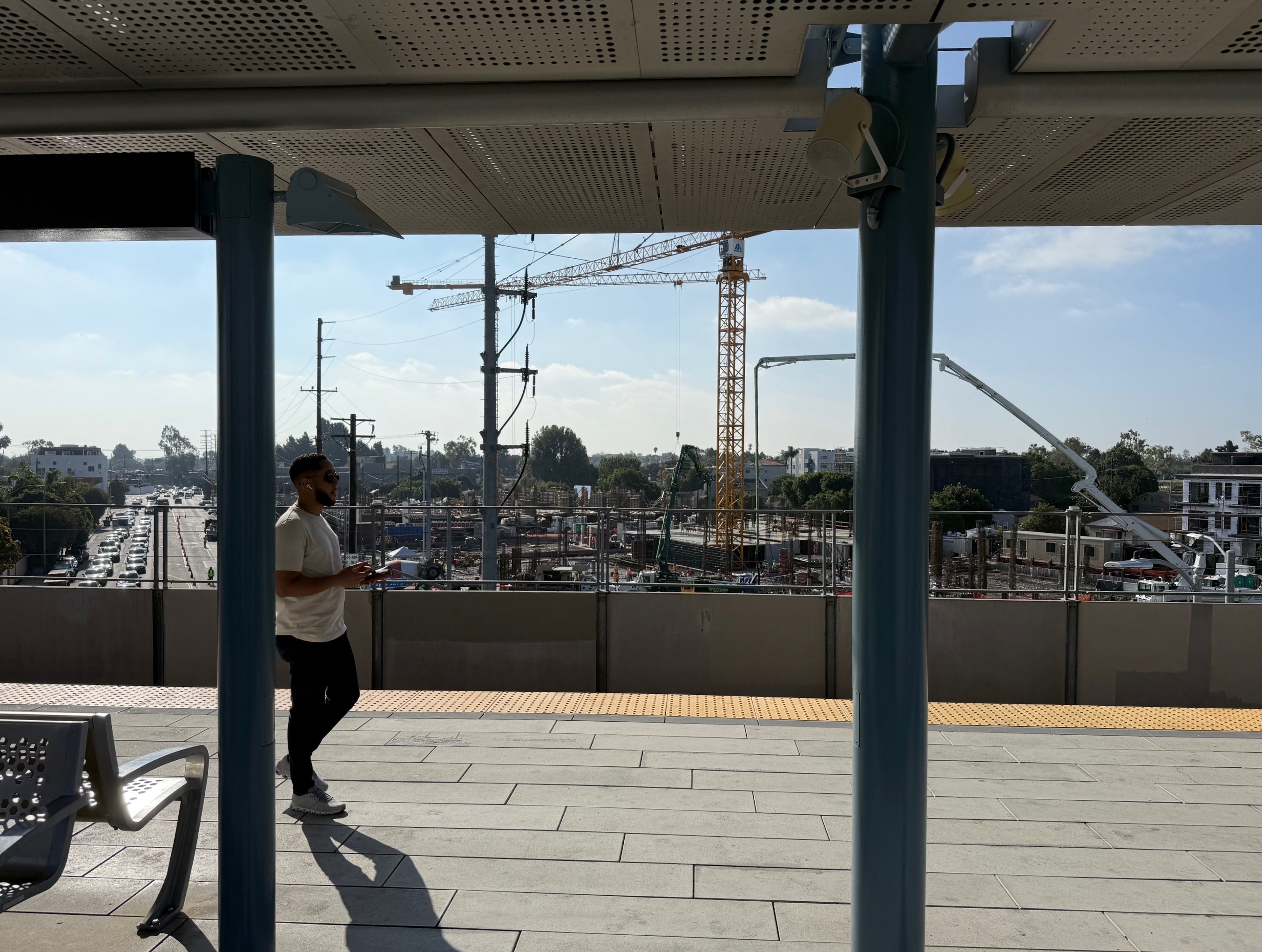![Cover of L.A.'s revised Mobility Plan 2035. Apparently lots of empty transit platforms in L.A.'s future. Image via DCP draft [PDF]](https://lede-admin.la.streetsblog.org/wp-content/uploads/sites/50/2014/11/MobilityPlanCover.png?w=710)
The Los Angeles Department of City Planning (DCP) recently released an updated version of its proposed Mobility Plan 2035, the transportation element of the city's General Plan. The Planning Commission is scheduled to vote on the proposed plan at its meeting this Thursday at 8:30 a.m. [agenda PDF - see item 7]. The revised plan documents are available online via the LA/2B project document page; they include a staff report [PDF], the Mobility Plan, Map Atlas, Complete Streets Guidelines, and Environmental Impact Report.
Though the staff report summarizes a number of changes, the revised plan appears to be very similar to the earlier version, analyzed in earlier SBLA articles. See this March article for overall background.
One new inclusion in the plan is Vision Zero. Well, sort of.
Vision Zero, from Sweden to LA's Department of Transportation (LADOT), has always meant eliminating all traffic fatalities. Zero dead drivers, passengers, pedestrians, or cyclists. DCP's new draft Mobility Plan (p.38) re-defines the term as:
Vision Zero: Decrease pedestrian and bicycle fatality rate to zero by 2035.
DCP's version is more like "Vision 108," well below the current "Vision 219," based on 2010 traffic fatalities enumerated in DCP's Health Atlas (219 overall traffic fatalities, including 100 pedestrians and 11 cyclists.)
People who identify as cyclists and pedestrians certainly welcome the end of bicycling and walking fatalities. Keep that in the plan! 108 annual deaths are better than 219. Unfortunately DCP is re-defining an already widely-used term, taking an all-inclusive safety framework and carving it into a benefit for what is currently a minority slice of road users. This could confuse or mislead the public, and might erode public support for the truly universally-beneficial Vision Zero.
As SBLA noted for the earlier version, the revised documents remain full of mealy-mouthed non-committal language when it comes to describing safety and livability advances, for example:
The Plan builds upon the bike plan framework and goes a step further by proposing fully protected bicycle lanes. (Staff Report, p.19, italics added)
L.A.'s past car-centric road-widening, parking, funding plans don't just "propose" or "consider" car-centric infrastructure, they very clearly plan it, designate it, and then it gets built. Perhaps some wiggle-room is needed in the volatile current period where travel modes are shifting, new technologies are emerging, and car miles traveled are declining. Unfortunately ambiguous non-committal road designations are likely to mean that car-centric streets will remain the city's default. While road-widening and speed-limit increases continue, livability and safety projects could continue to face long-drawn-out community dialogue processes. Look no further than the city's "Year Two" bike lane projects: eight months down the road with zero mileage completed or even finalized.
Other earlier critiques remain applicable. The new draft:
- fails to meaningfully prioritize mobility for under-served communities, instead opting for a color-blind type "fair and equitable" for everybody everywhere rhetoric
- keeps the tried-and-failed Vehicle Enhanced Network intact
- keeps unjustifiable road-widening intact, which even the plan states is bad for "environmental, public health, and fiscal" reasons
- keeps incomplete crosswalks the city's standard
The plan goes to a vote of the City Planning Commission this Thursday. Once a version of the plan is approved by the commission, it will likely be heard by City Council Planning and Land Use Management (PLUM) and Transportation committees, then by the full City Council.






